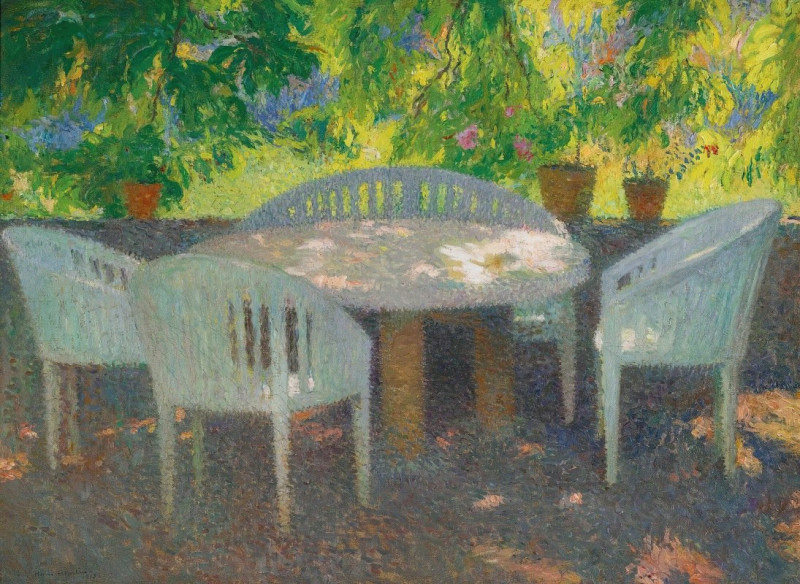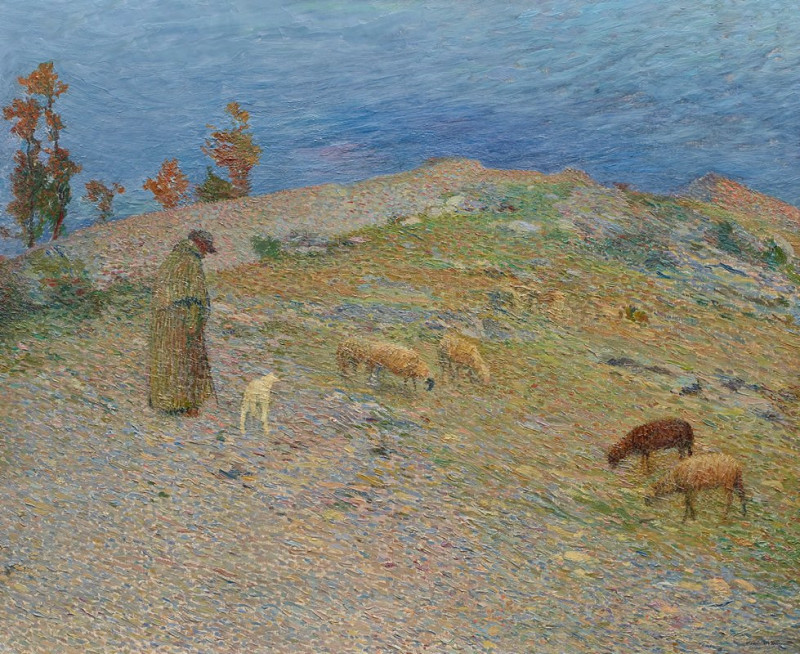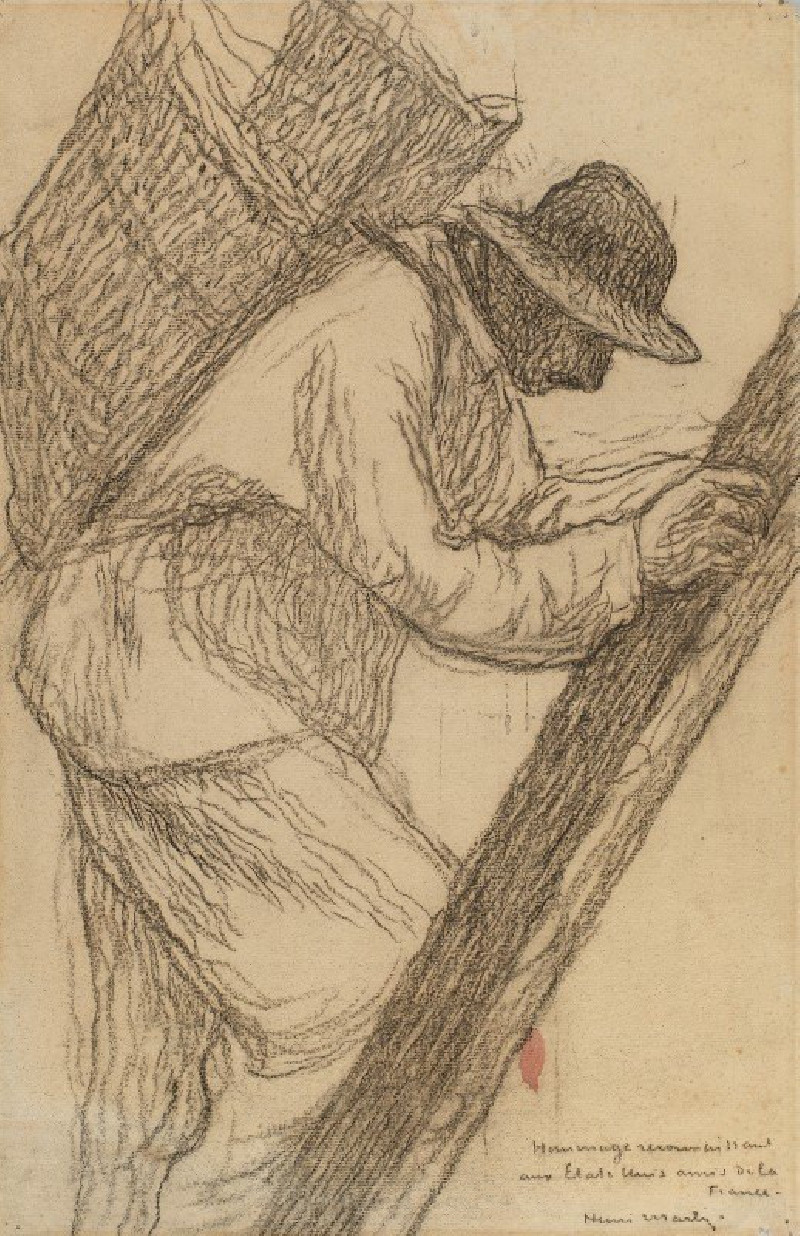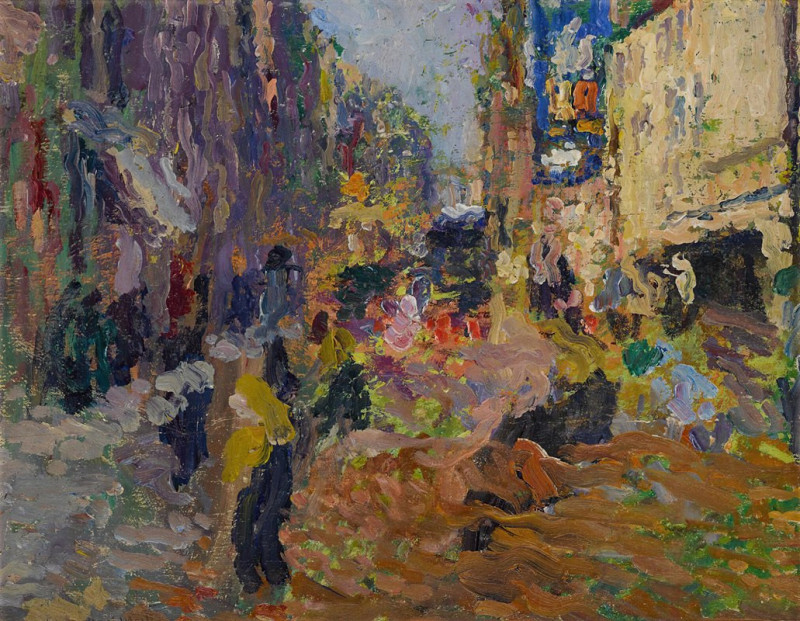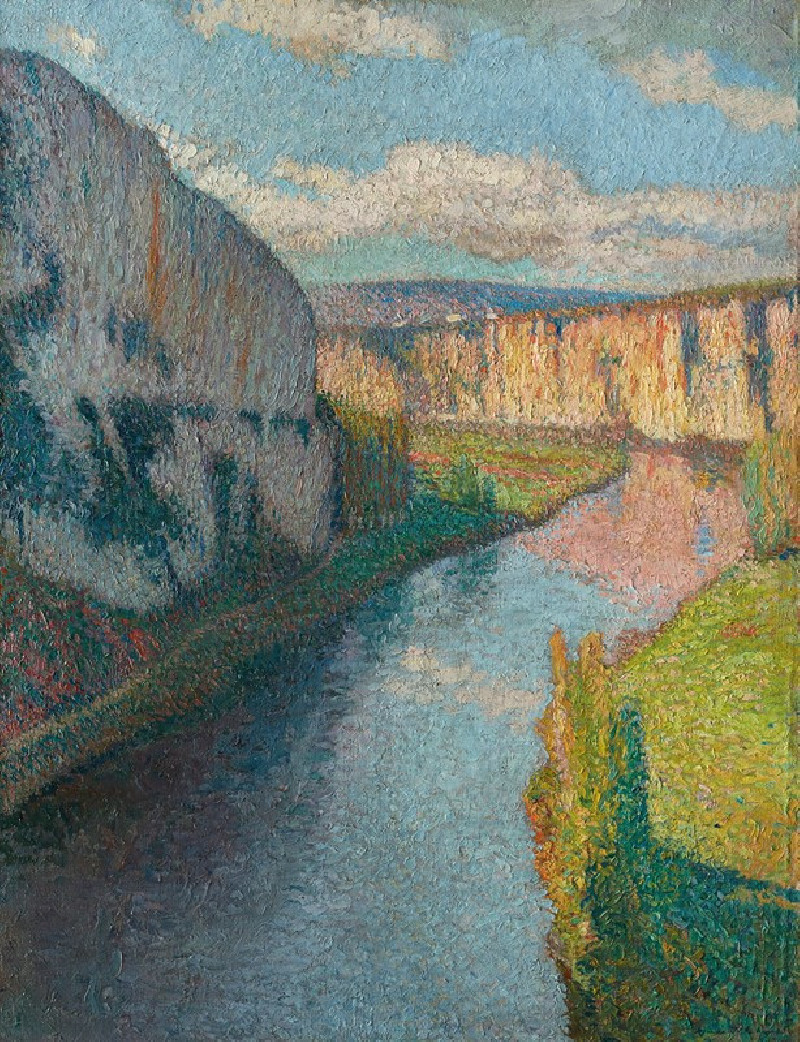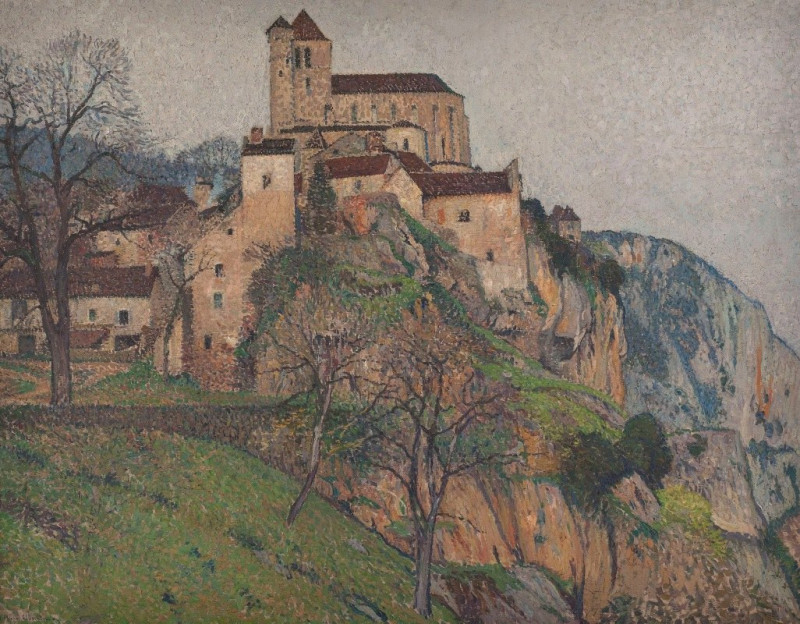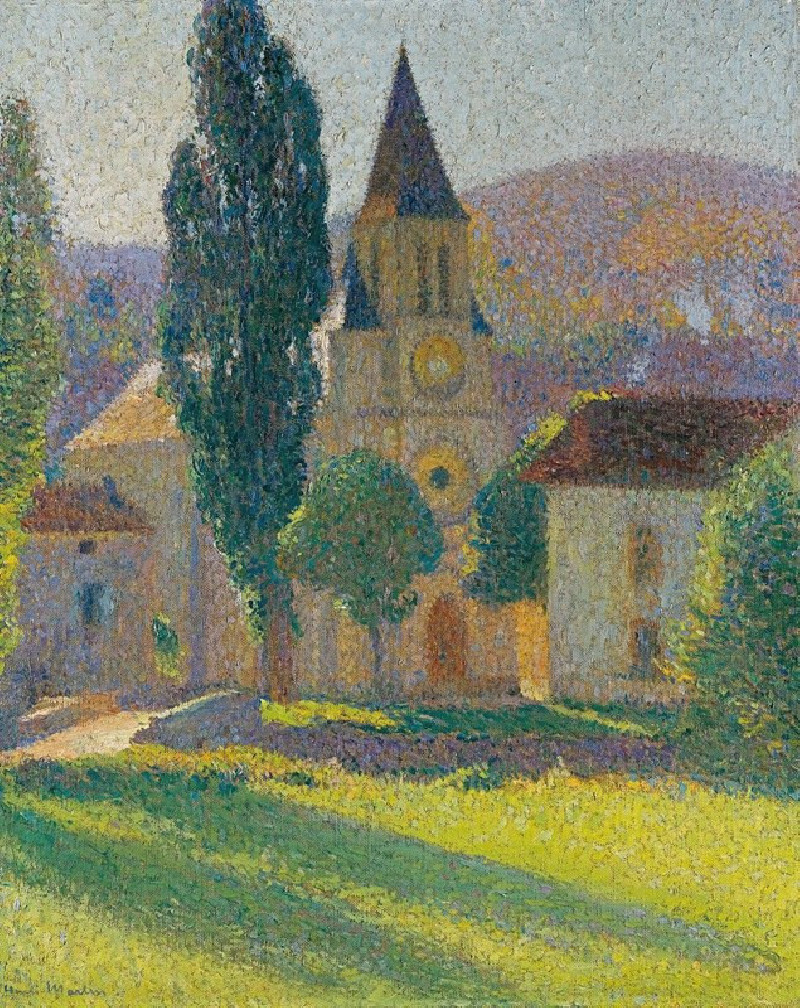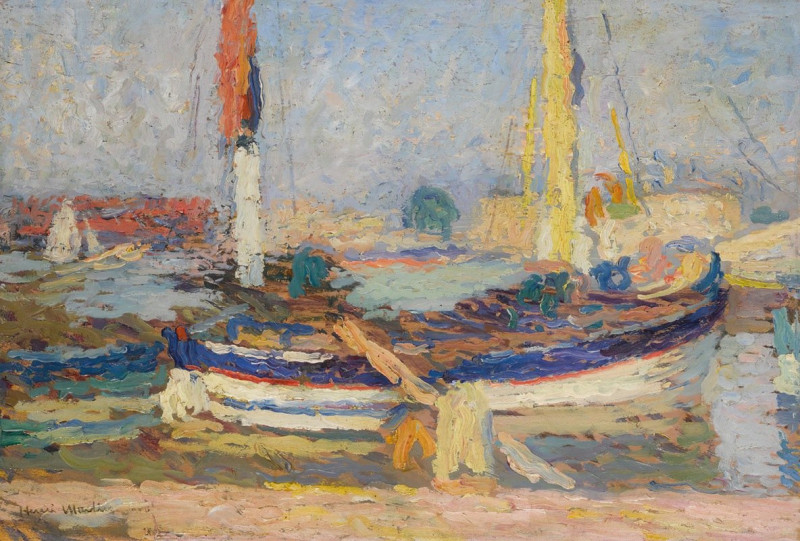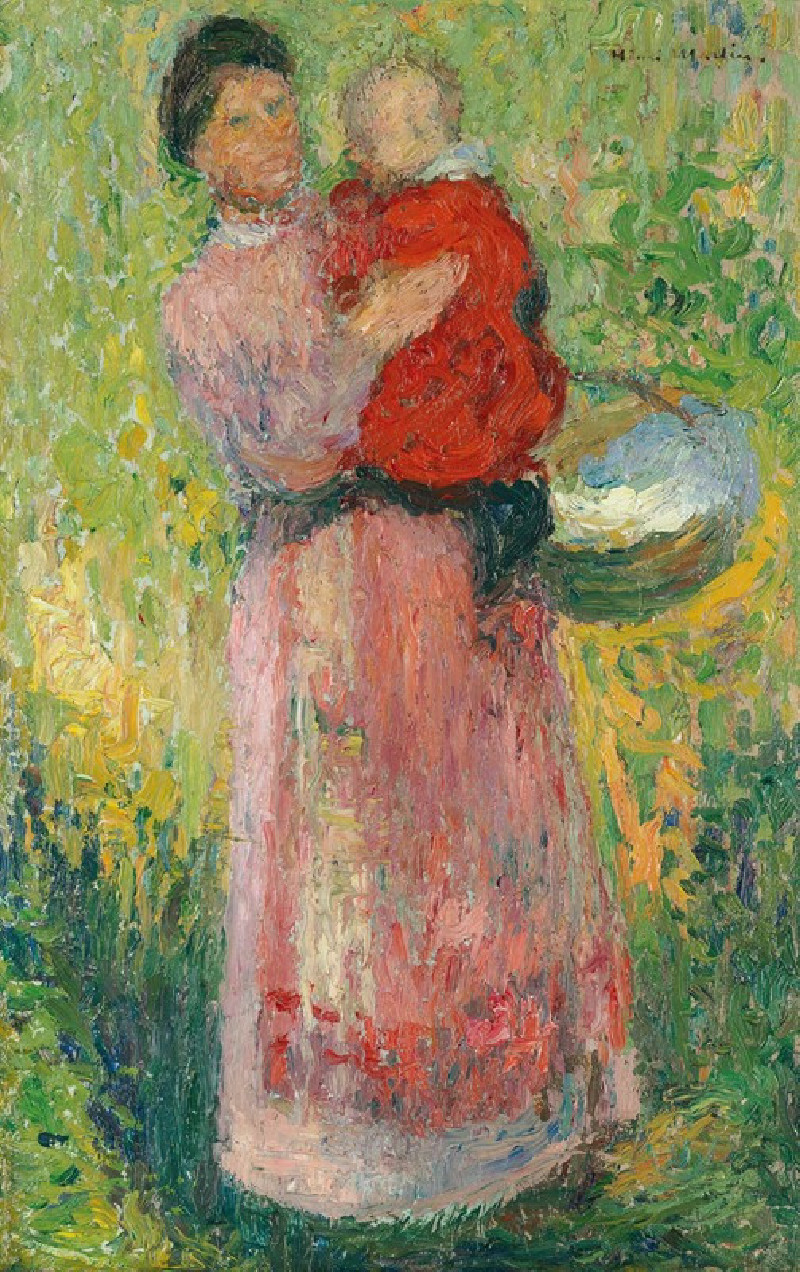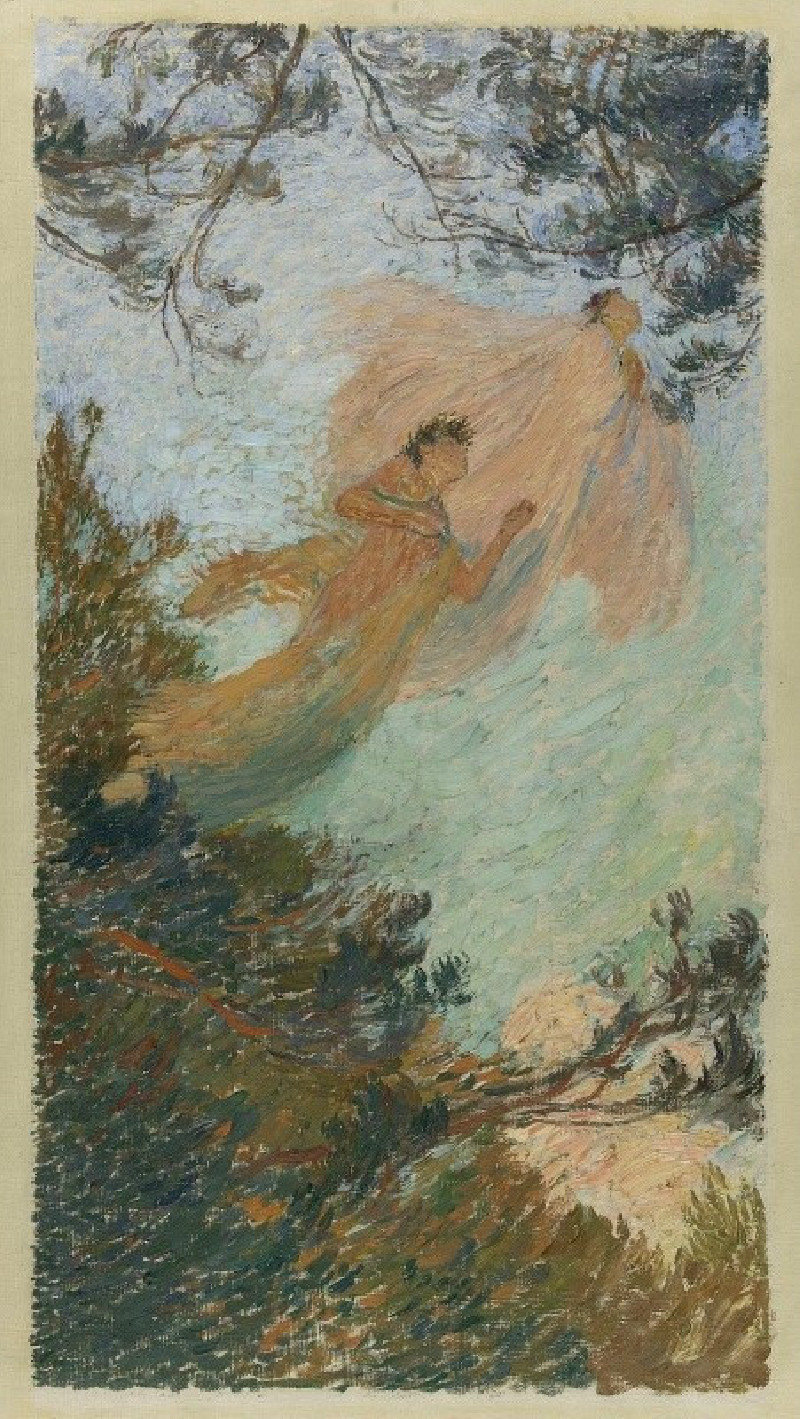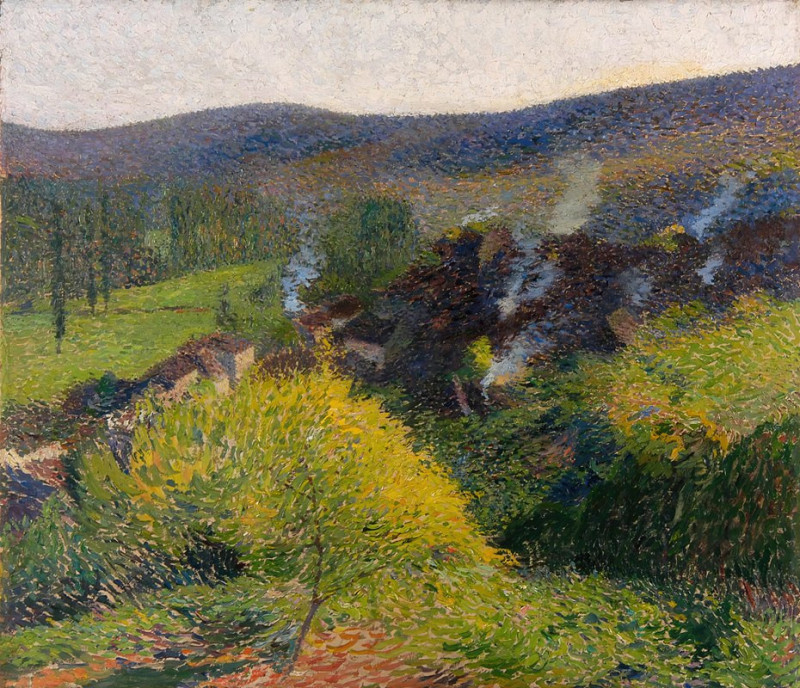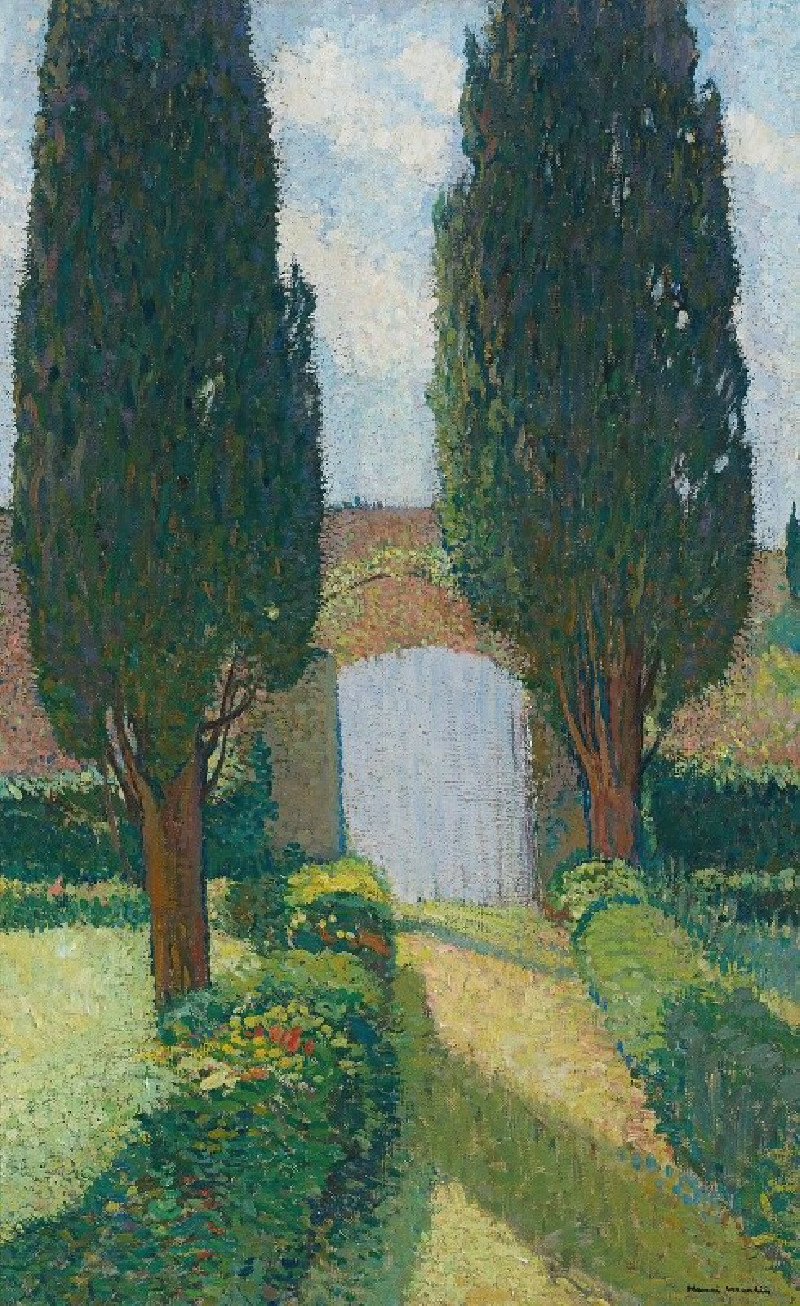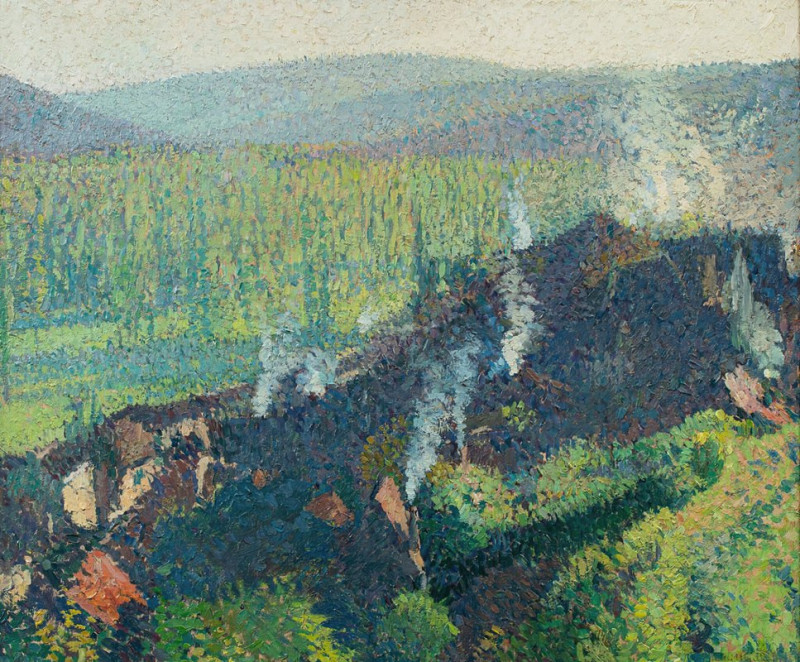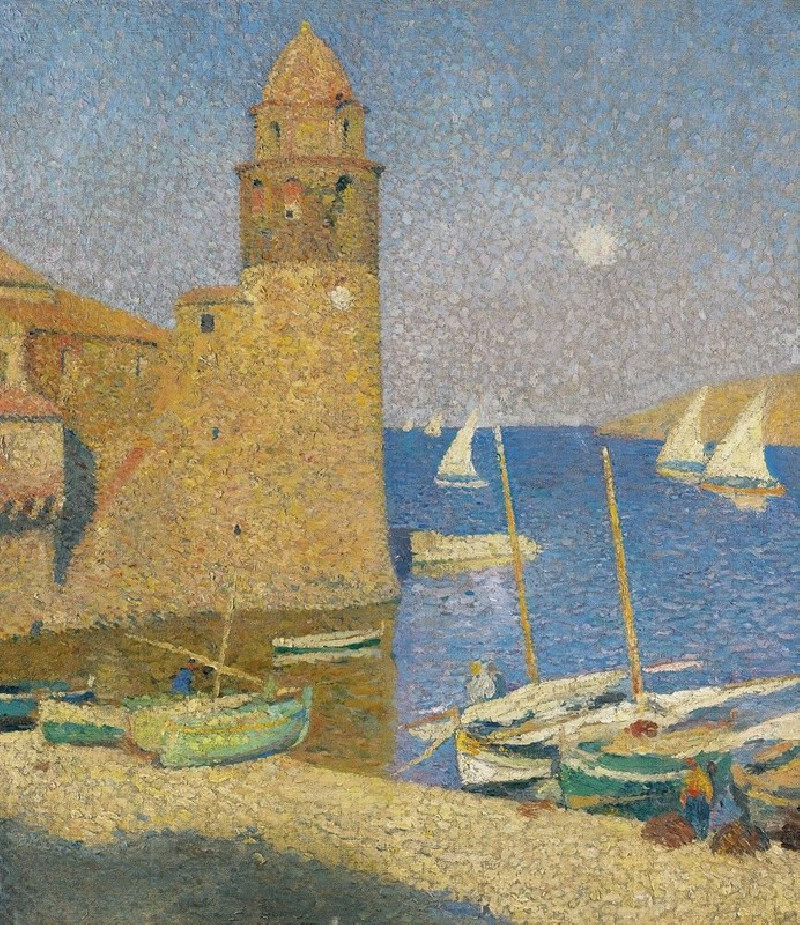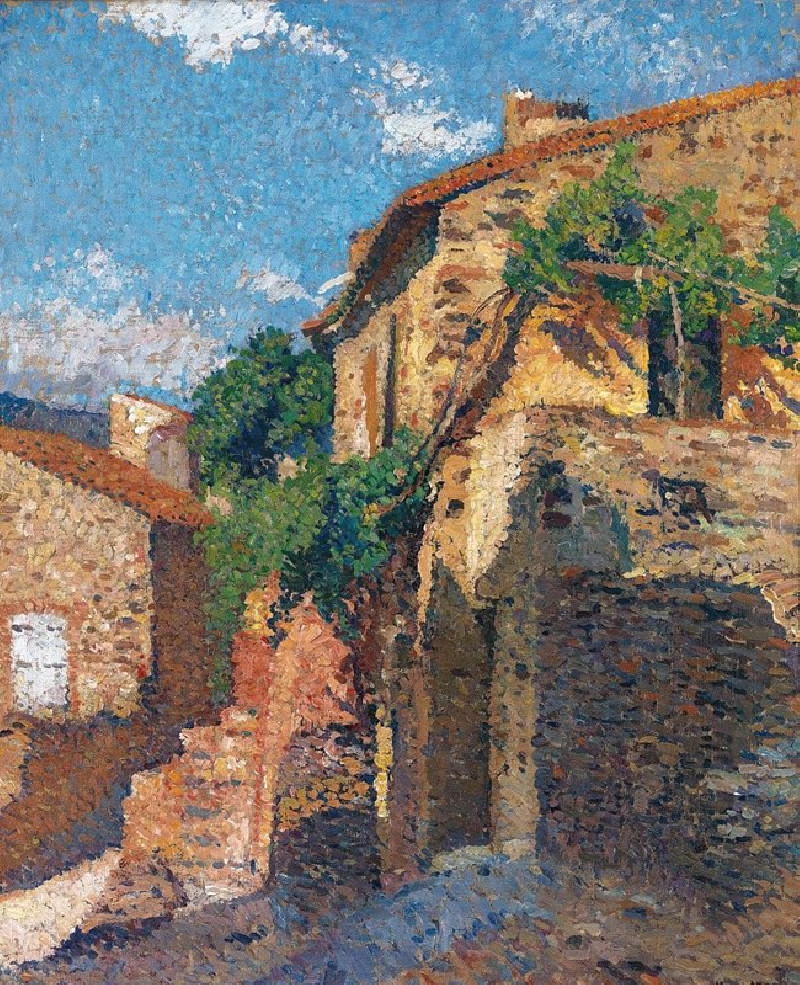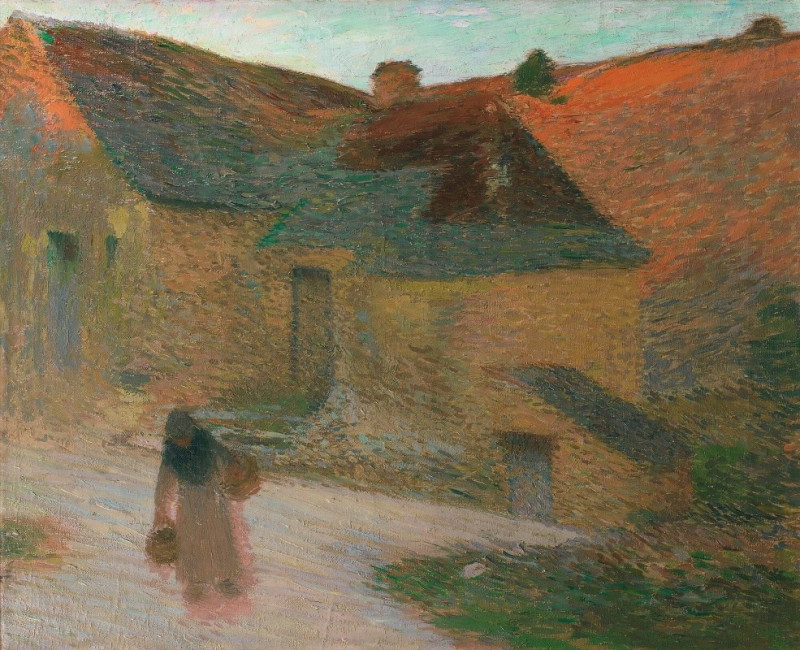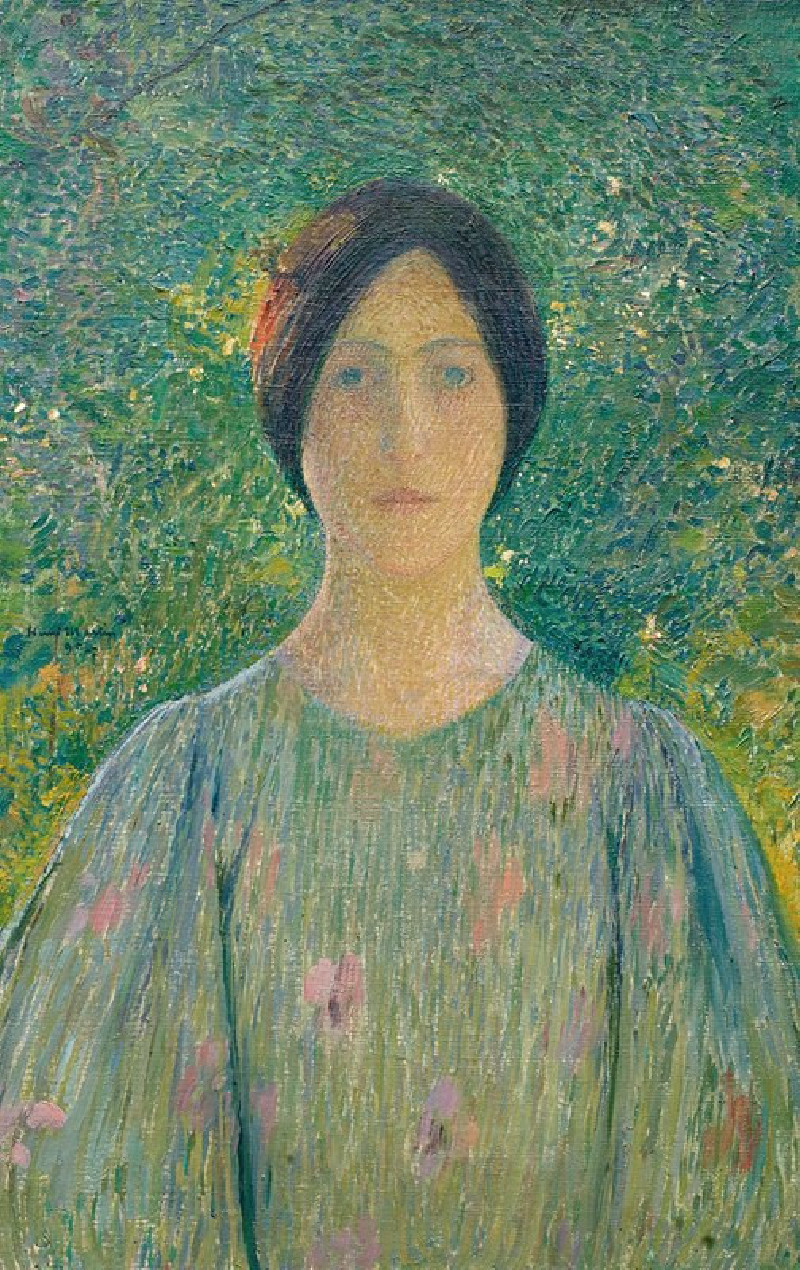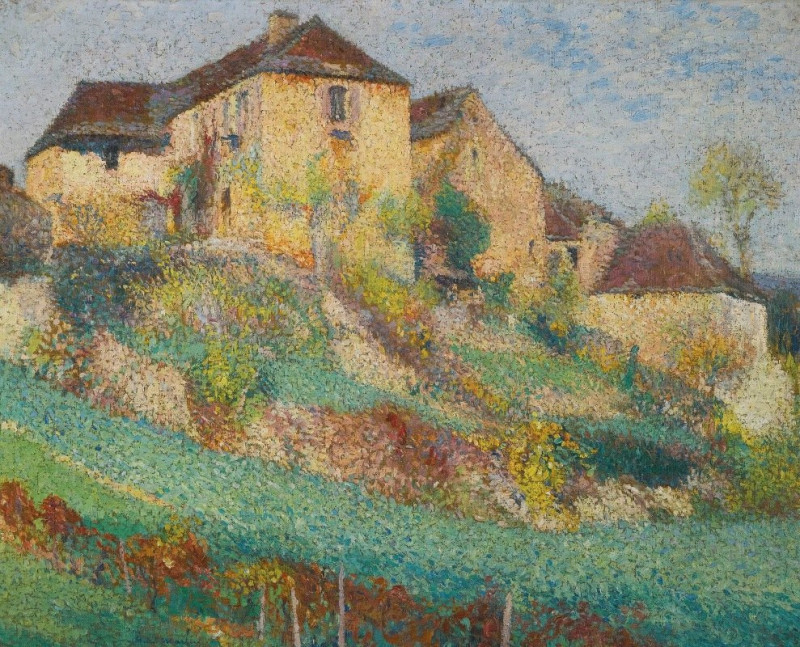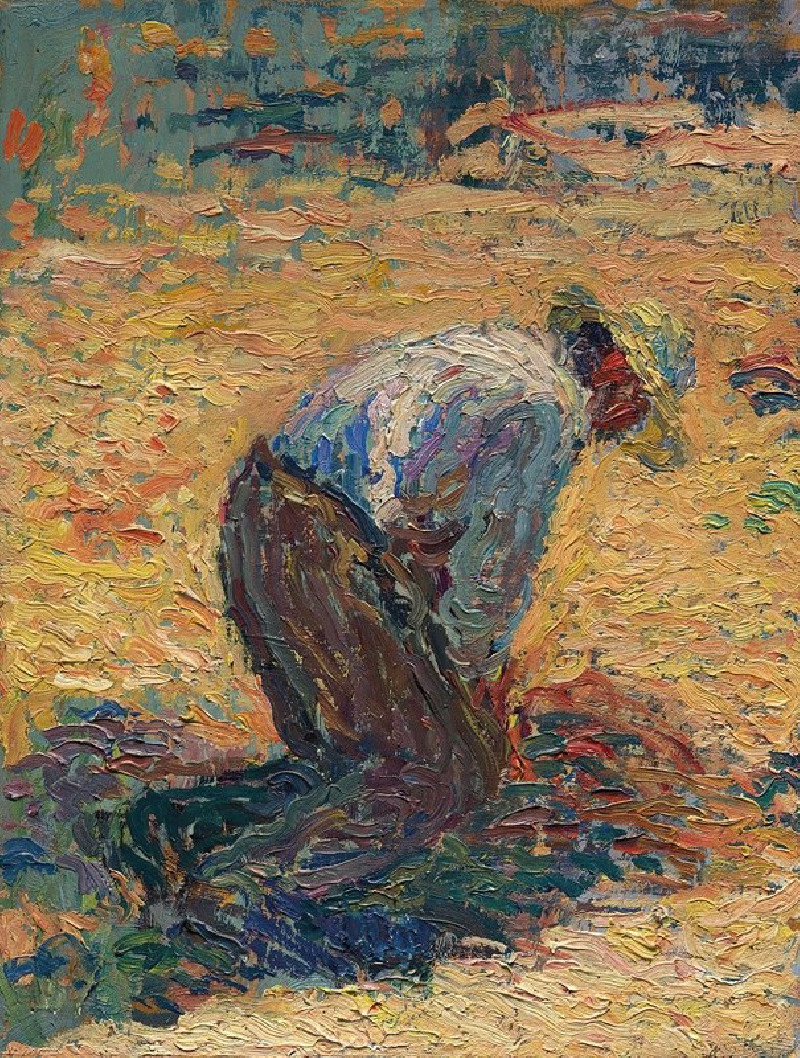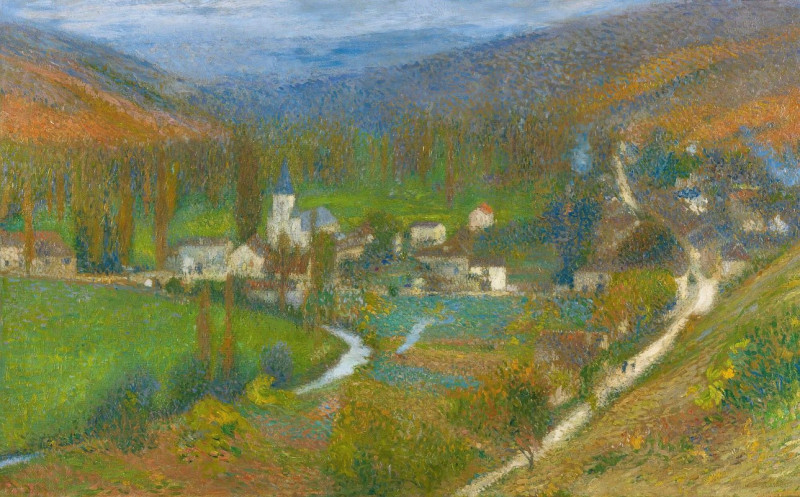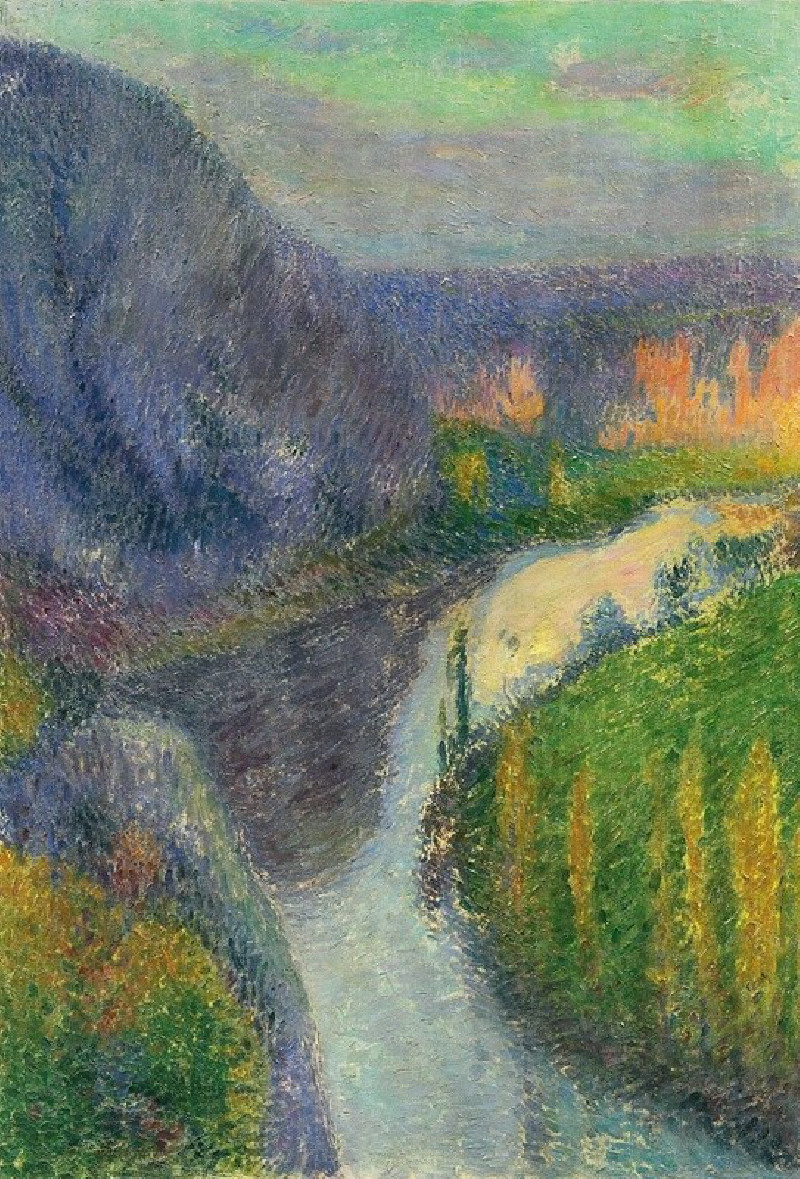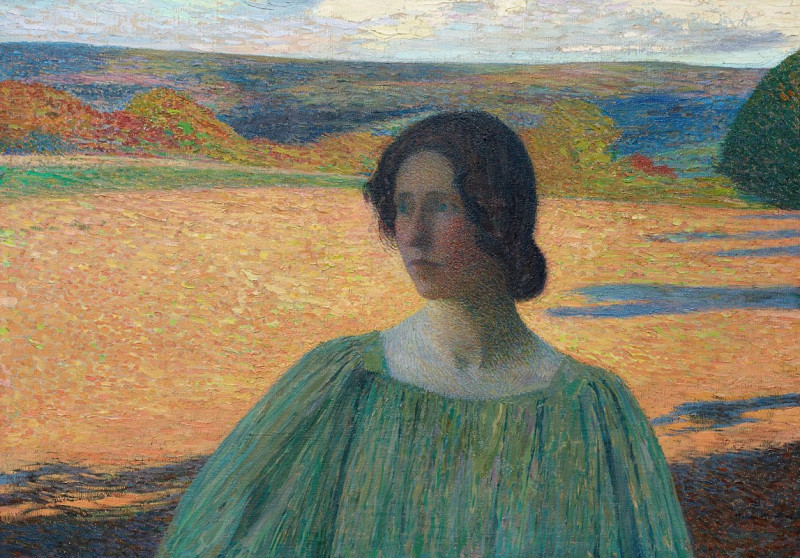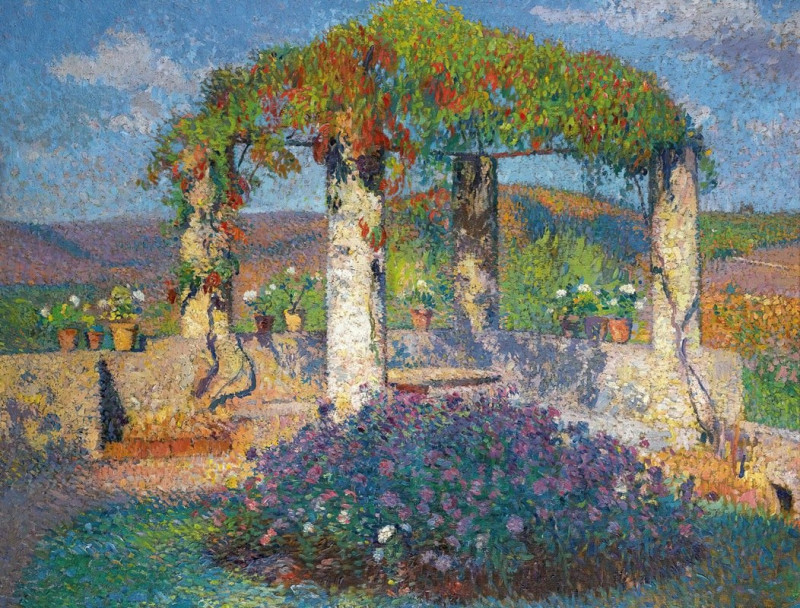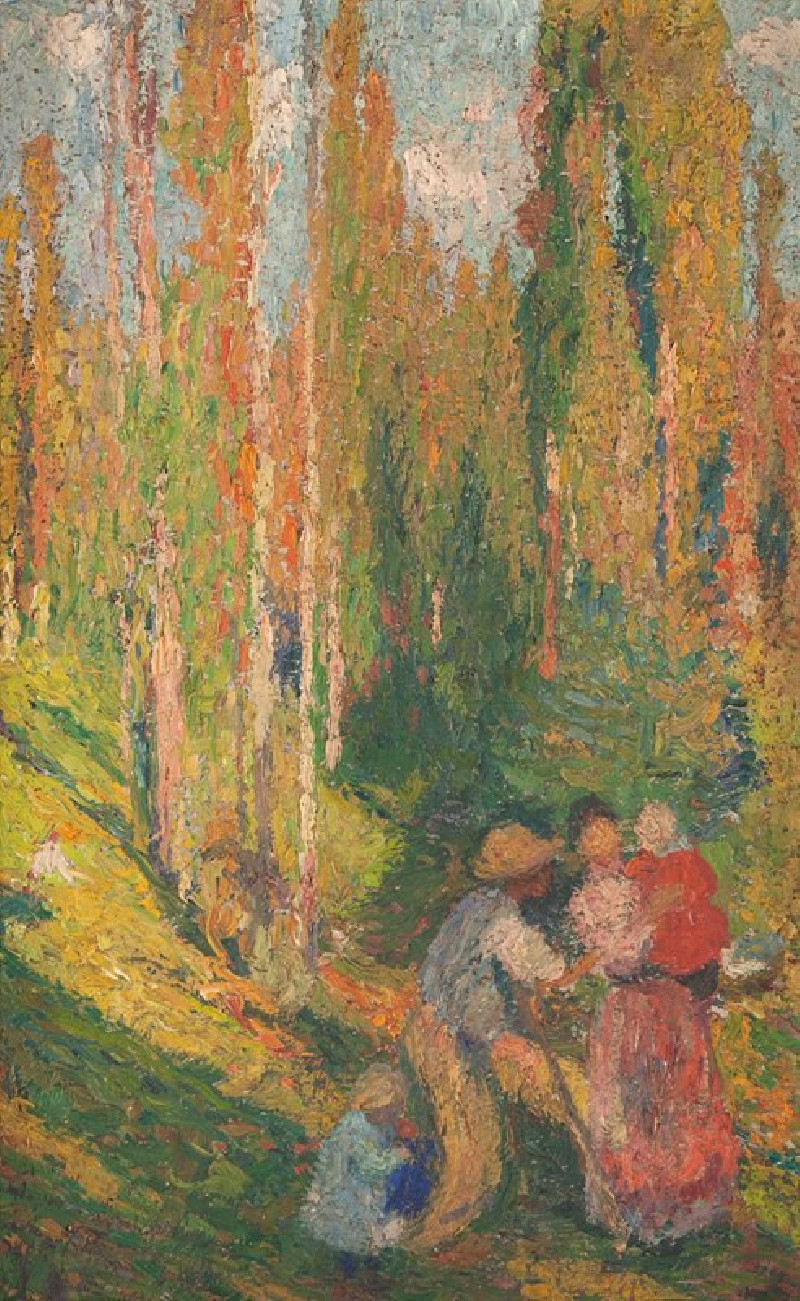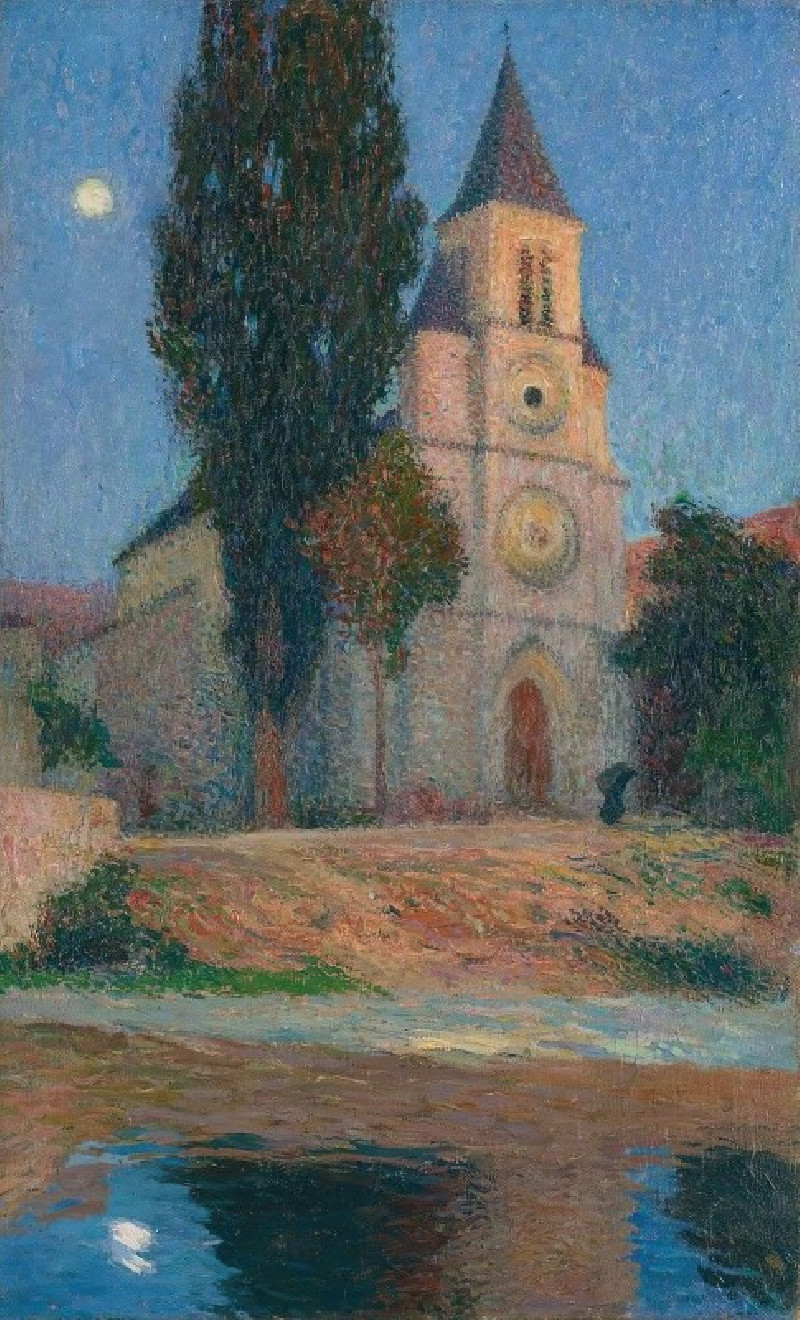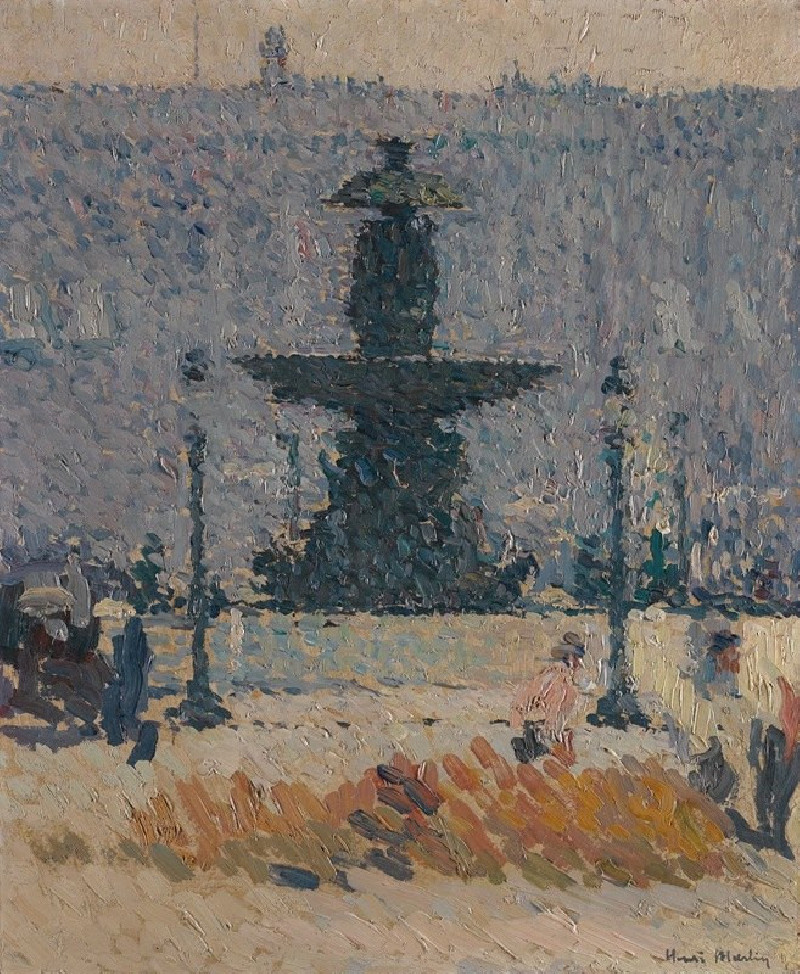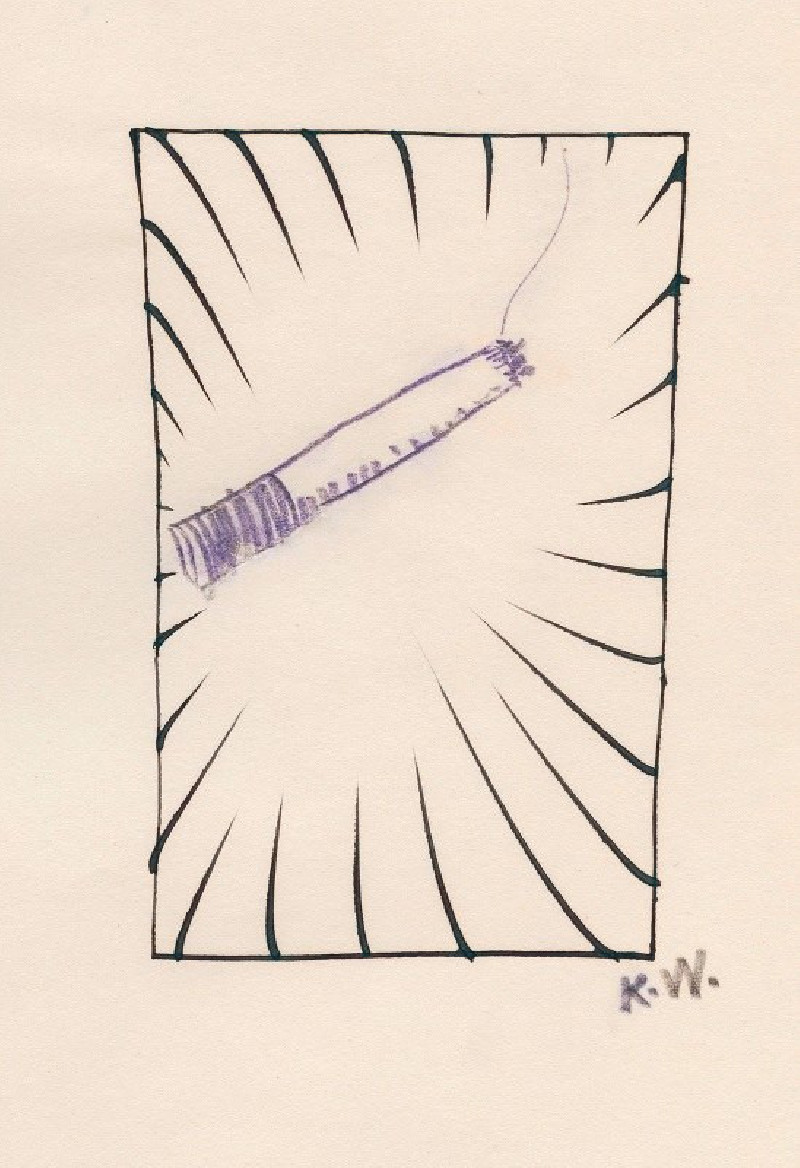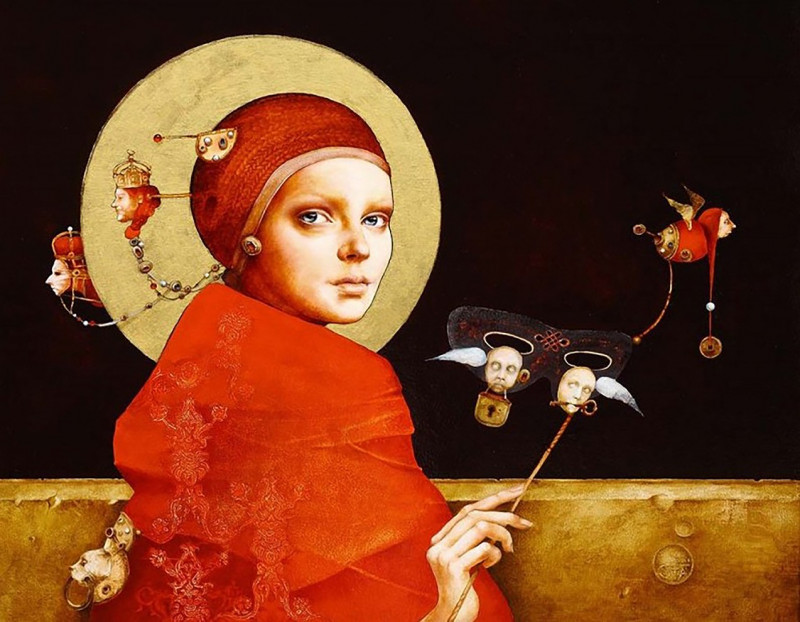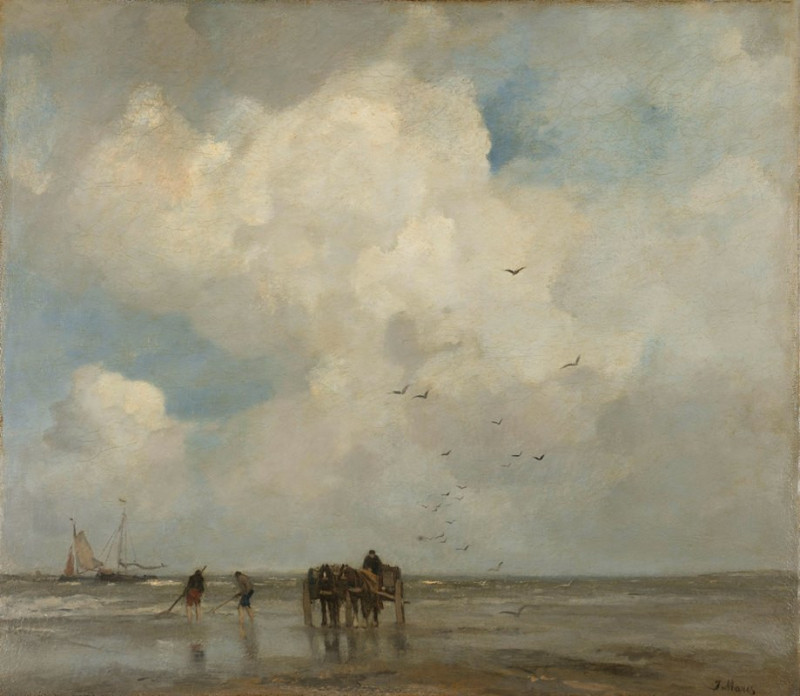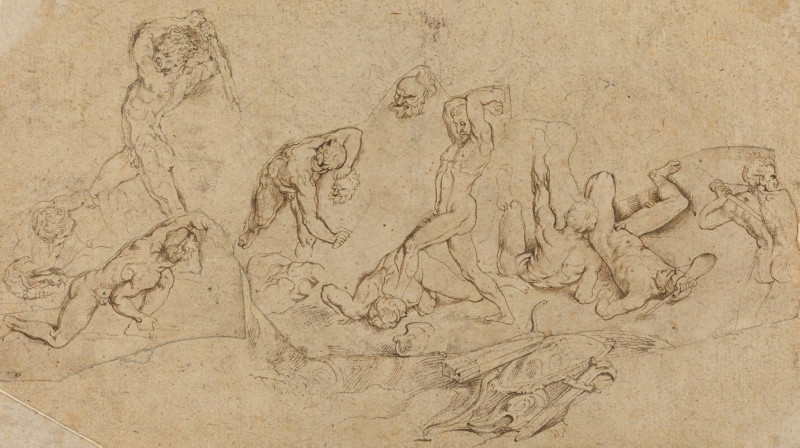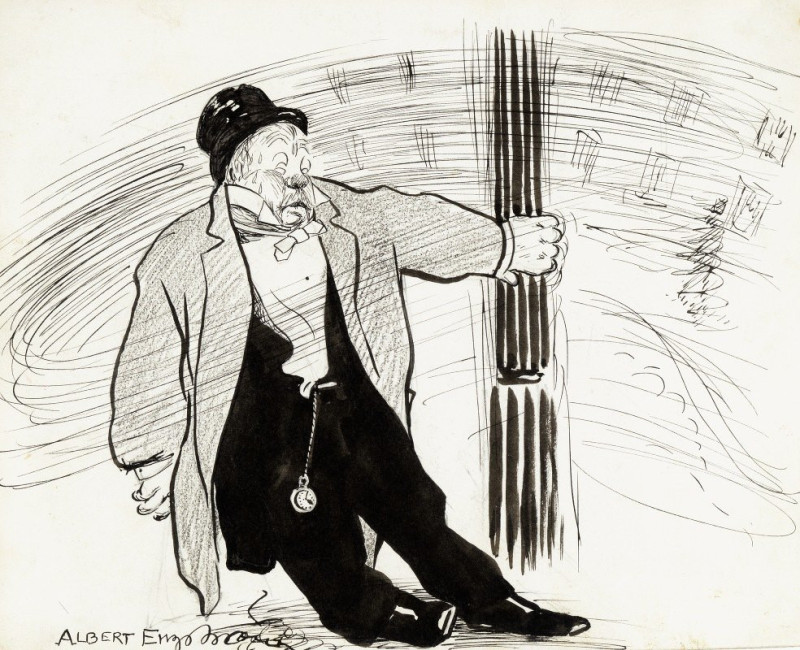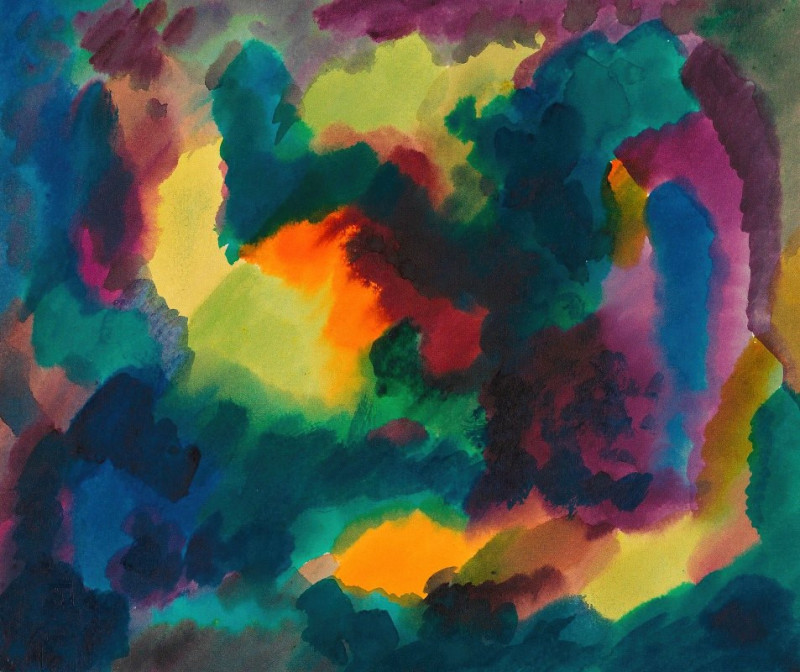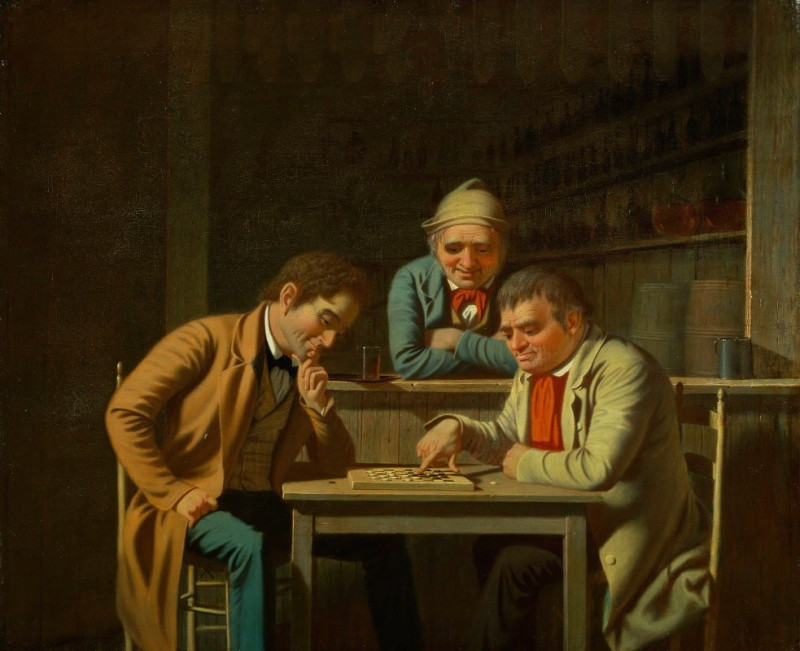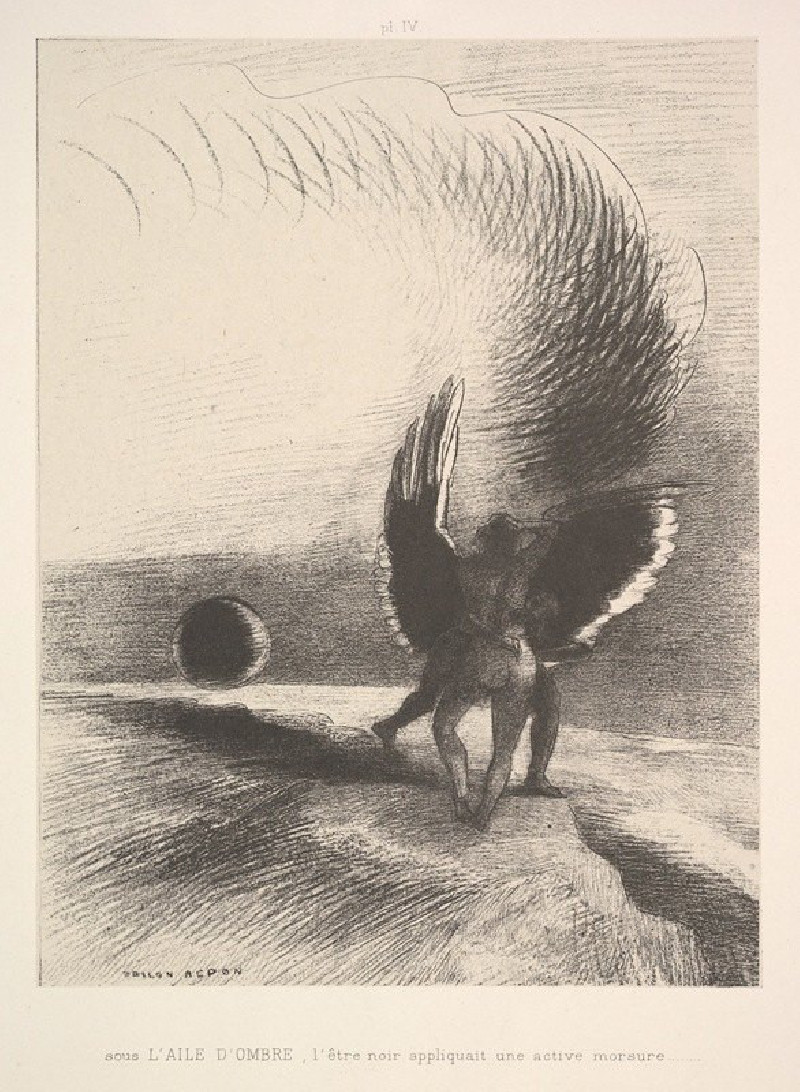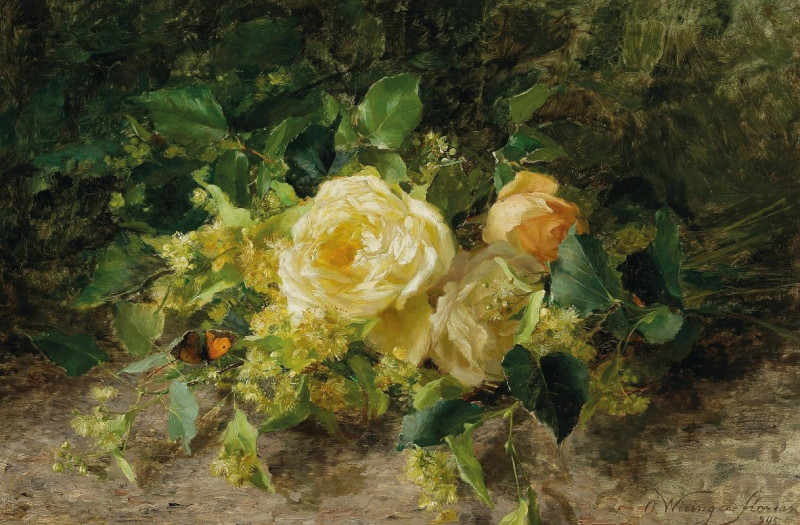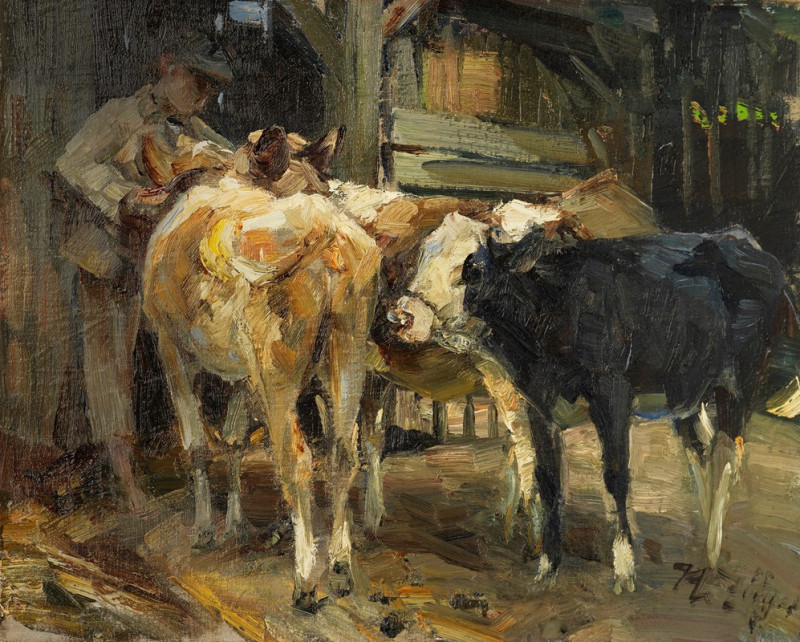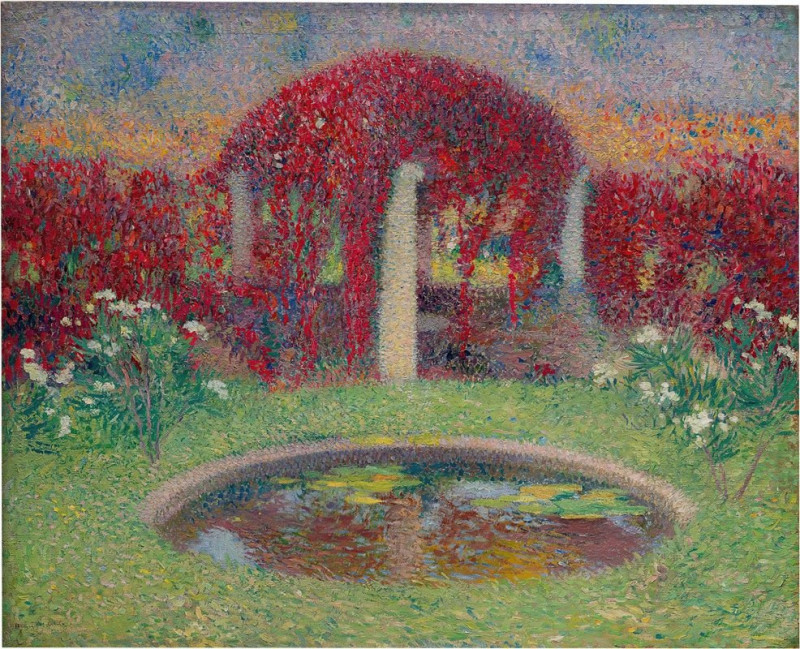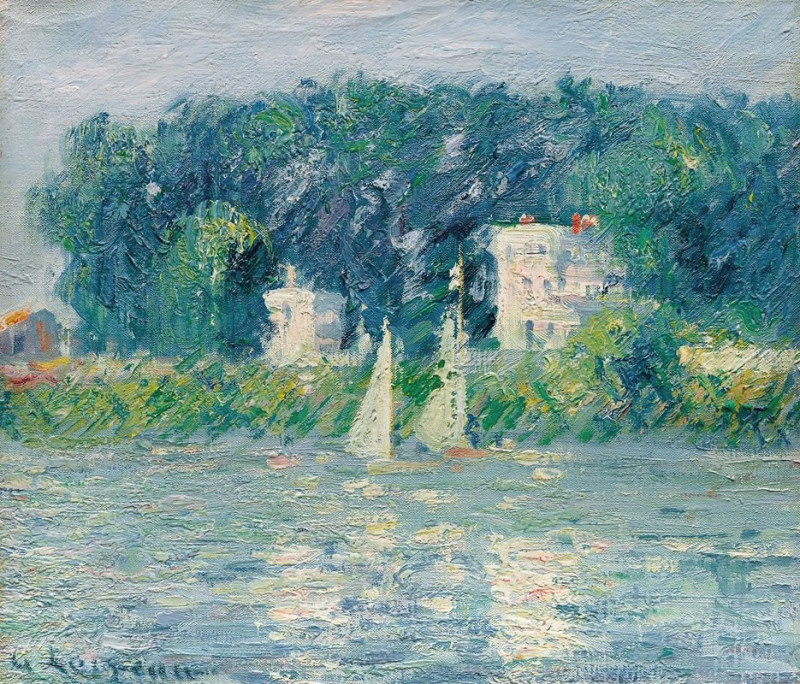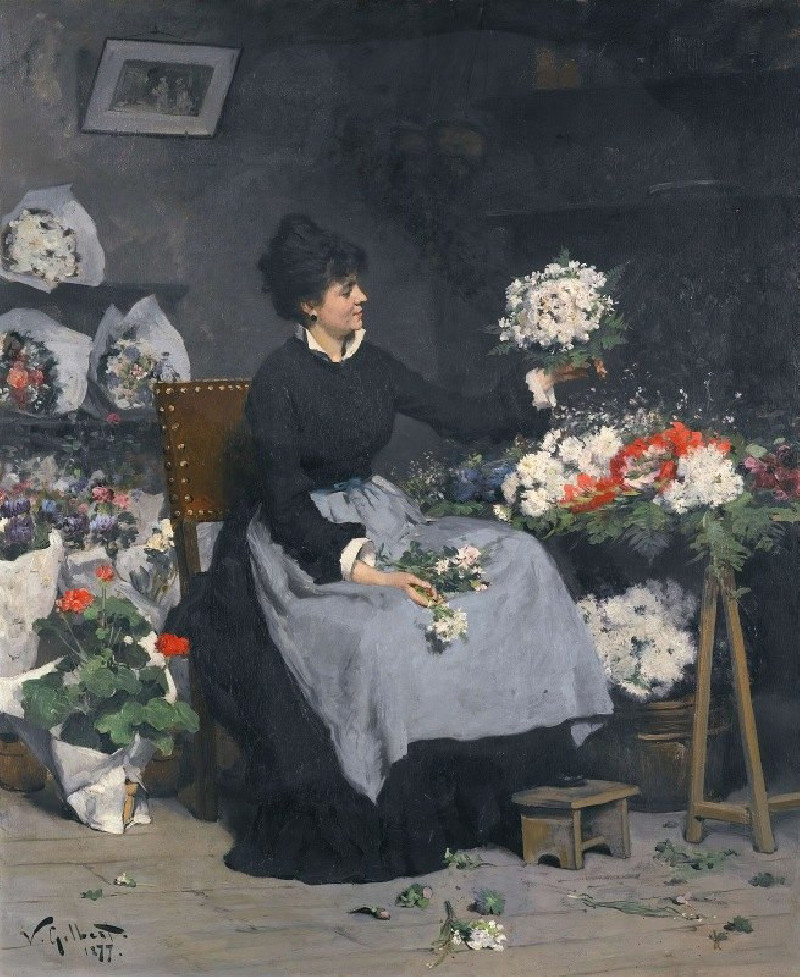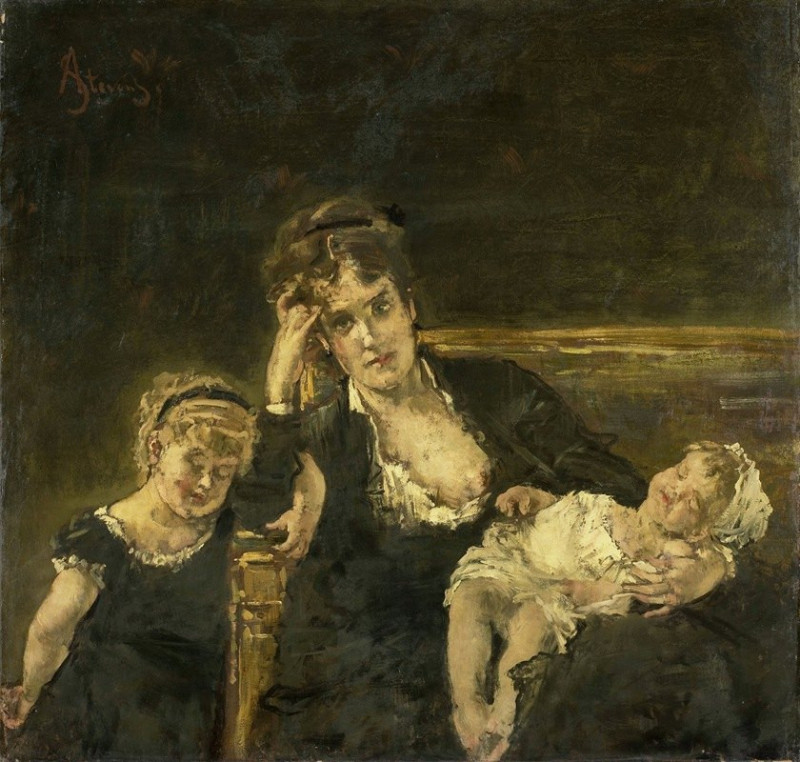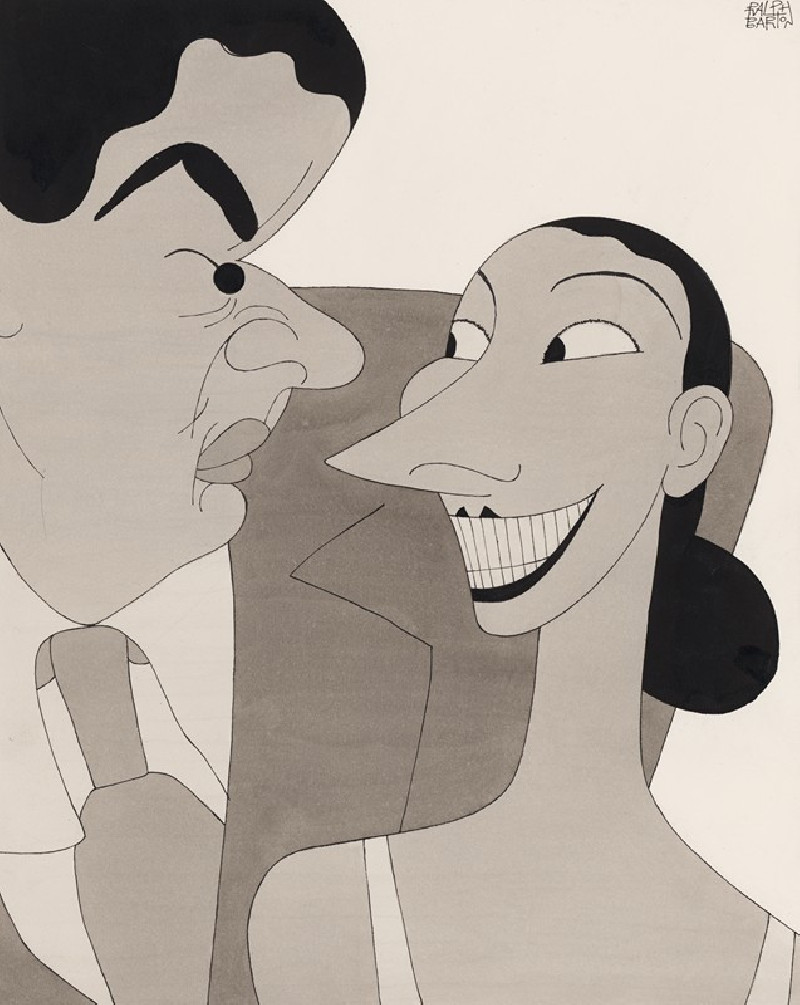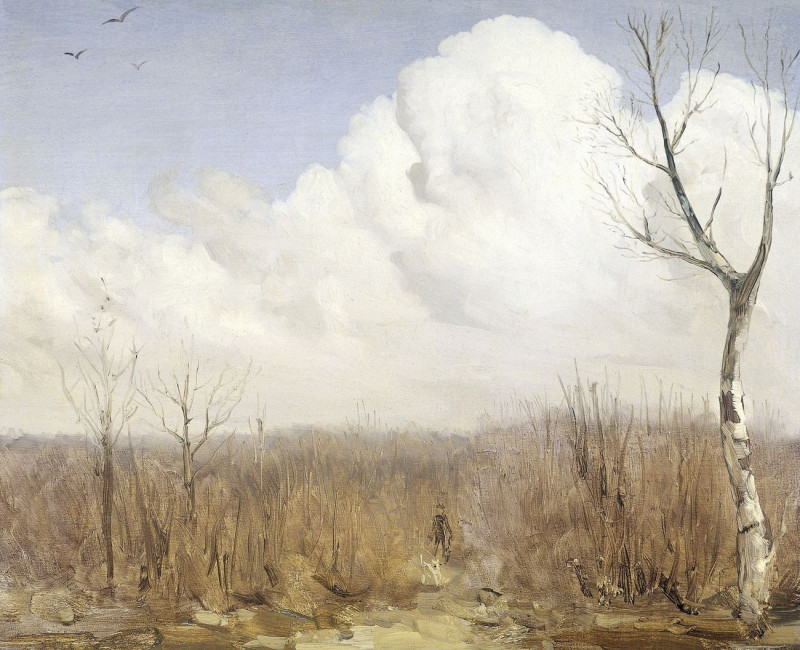Sous Le Grand Marronier De Marquayrol (1915)
Technique: Giclée quality print
Recommended by our customers
More about this artwork
Henri Martin's painting "Sous Le Grand Marronier De Marquayrol" (1915) captures a serene garden scene under the shadow of a large chestnut tree, evoking tranquility and the intimate charm of a secluded spot. The centerpiece of this enchanting view is a round table surrounded by curved garden chairs, inviting viewers to imagine sitting amidst this lush environment. This setup is bathed in speckled sunlight that filters through the dense foliage overhead, creating a vibrant play of light and shadow. Additionally, pots adorned with blooming plants add to the garden's rustic allure.Martin's use of vivid and fragmented brushwork, a hallmark of the pointillist style, affords the scene an almost ethereal quality with shimmering effects of light. The painting, rich in greens and floral hues, offers a lively yet peaceful depiction of an outdoor retreat where nature and artifice harmoniously intersect. Through this work, Martin seamlessly blends the impressionistic love for nature with a touch of personal sentiment, reflecting his own passion for the idyllic and pastoral.
Delivery
Returns
Henri-Jean Guillaume "Henri" Martin (5 August 1860 – 12 November 1943) was a French painter. Elected to the Académie des Beaux-Arts in 1917, he is known for his early 1920s work on the walls of the Salle de l'Assemblée générale, where the members of the Conseil d'État meet in the Palais-Royal in Paris. Other notable institutions that have featured his Post-Impressionist paintings in their halls through public procurement include the Élysée Palace, Sorbonne, Hôtel de Ville de Paris, Palais de Justice de Paris, as well as Capitole de Toulouse, although the Musée des Beaux-Arts de Bordeaux and Musée des Augustins also have sizeable public collections.

